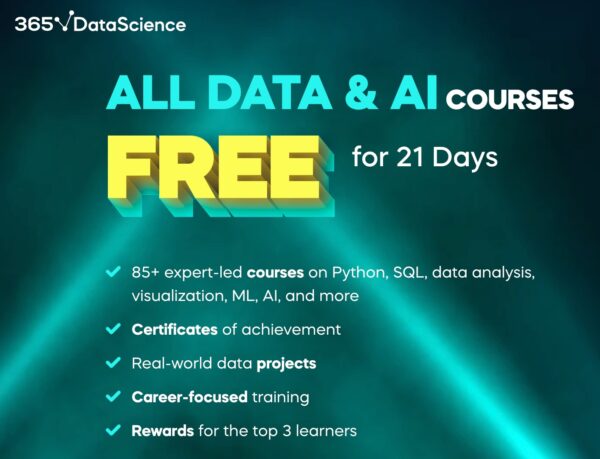
 This Tuesday, December 10th, the Tampa Bay AI Meetup will team up with the Tampa Java User Group to feature speaker Kevin Dubois, Principal Developer Advocate at Red Hat and Java Champion, who’ll give us a tour of the world of enterprise AI implementation with a presentation titled Welcome to the AI jungle! Now what?
This Tuesday, December 10th, the Tampa Bay AI Meetup will team up with the Tampa Java User Group to feature speaker Kevin Dubois, Principal Developer Advocate at Red Hat and Java Champion, who’ll give us a tour of the world of enterprise AI implementation with a presentation titled Welcome to the AI jungle! Now what?
The tl;dr
What the talk will be about
The AI revolution is transforming business landscapes, but many developers find themselves overwhelmed by this paradigm shift. How do we navigate this “Wild West” of tools, models, and platforms?
Kevin will demonstrate how open source technologies can standardize AI development and deployment in enterprise environments. Learn how to leverage familiar tools like containers, Kubernetes, CI/CD, and GitOps to build AI-powered applications in a secure, repeatable manner.
Discover how open source solutions are democratizing AI development and deployment. Through live demonstrations, Kevin will showcase:
- OpenDataHub (OpenShift AI)
- Kubernetes integration
- Backstage implementation
- Java application integration with Open Source models
- Local development environment setup
About Kevin Dubois

Kevin Dubois is a Principal Developer Advocate at Red Hat where he gets to enjoy working with Open Source projects and improving the developer experience. He previously worked as a (Lead) Software Engineer at a variety of organizations across the world ranging from small startups to large enterprises and even government agencies. He brings a wealth of experience to the table, including:
- Java Champion
- Active contributor to Quarkus, Knative, Apache Camel, and Podman
- Member of Belgian CNCF and Belgian Java User Group
- Multilingual speaker (English, Dutch, French, Italian)
- International software engineering experience across startups, enterprises, and government agencies
When not revolutionizing enterprise AI, Kevin can be found hiking, gravel biking, snowboarding, or packrafting in various corners of the world.
Come to the meetup!
Come see a great presentation, have some food, meet with your peers in the Tampa Bay area, and participate in our lively and active tech scene.
Once again, you can find out more and register for the meetup on its event page. Hope to see you there!









